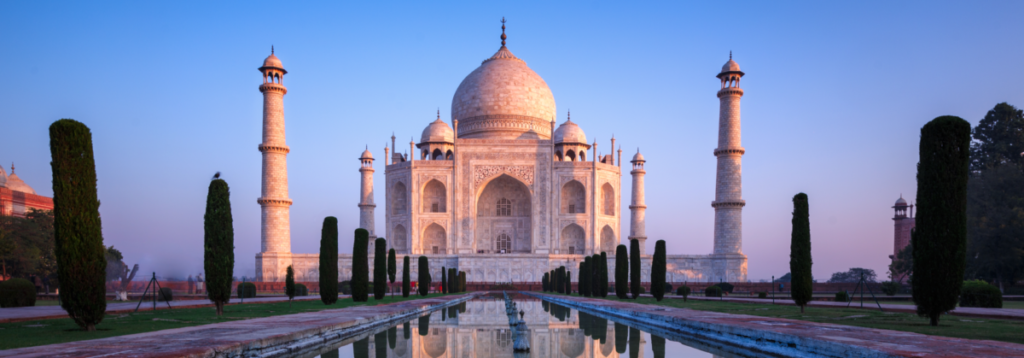The history of India exemplifies the importance and function of the native culture.
India’s complex cultural geography reflects its long history of civilization and the coexistence of many languages, religions, traditions, and ethnicities. Diwali, Holi, and Eid, celebrated nationwide, demonstrate the country’s cultural variety.
India’s architecture showcases ancient masterpieces, like the Taj Mahal, temples with intricate patterns, and cave complexes with beautiful interiors. Indian food, known worldwide for its flavors and spices, indicates its rich cultural heritage. India’s economy is built on agriculture, with most of its population farming. Rice, wheat, and sugarcane farming ensure national food security and rural life.

India’s services industry, especially IT, software development, and BPO, has grown rapidly, boosting economic growth and employment chances. Manufacturing produces textiles, cars, electronics, and pharmaceuticals. India’s principal ports enable trade, which is vital to the country’s rising global connectivity. Cities grow as people move there for greater possibilities, creating new urban lifestyles (“Disha Geography Exam 20 20 India and World, May 2022 edition”, n.d.). Migration increases urbanization. However, the economic disparity between urban and rural areas and states persists in the US (LotusArise, 2020). The government and society still want to alleviate poverty and social and economic inequality.



